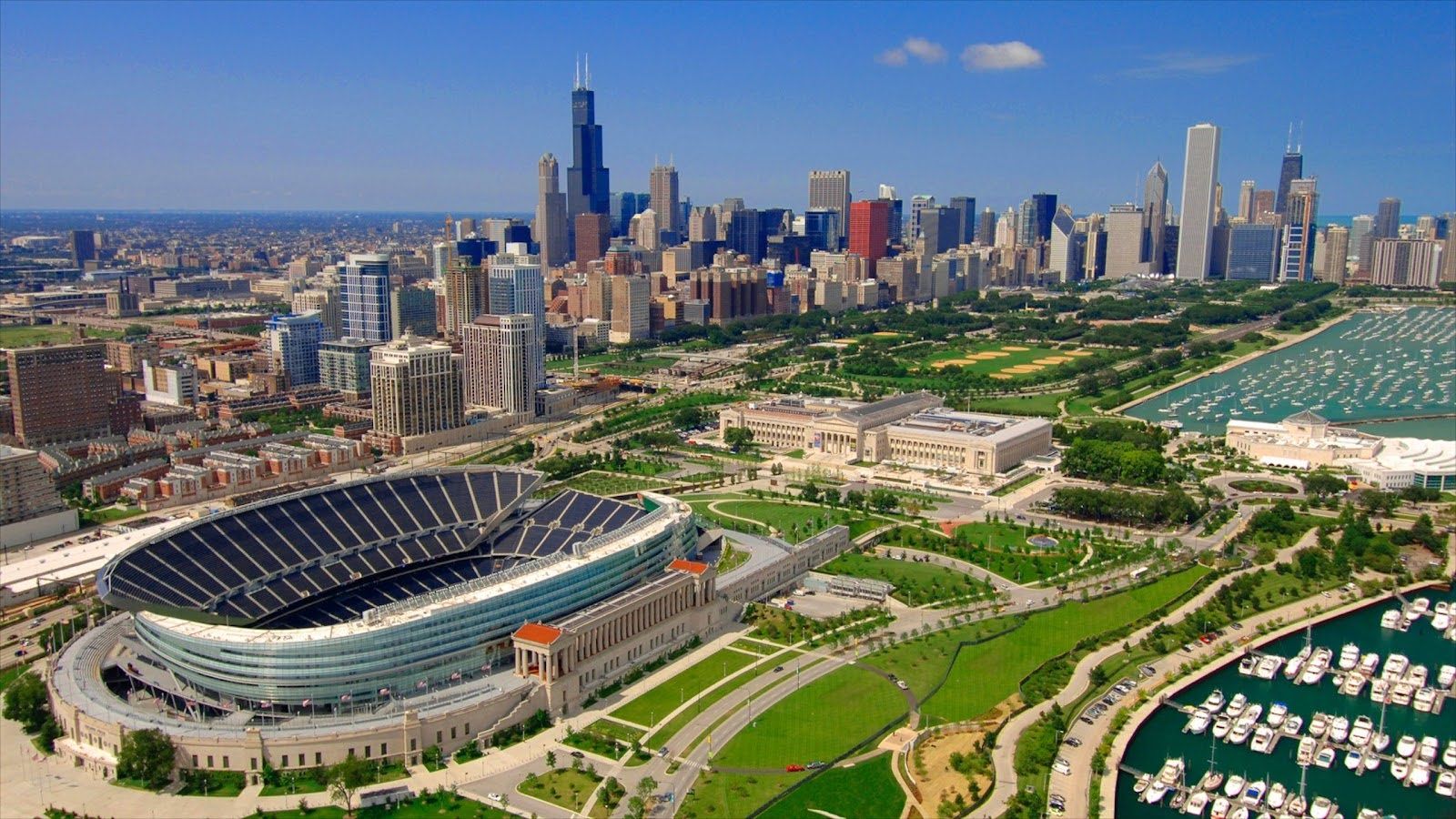Chicago's Near South Side: A Historical and Modern Look
Feb 13, 2025
Nestled just south of Chicago’s bustling downtown, the Near South Side is a dynamic and ever-evolving community. With its northern boundary at Roosevelt Road, its southern edge at 26th Street, the Chicago River to the west, and Lake Michigan to the east, this area is rich in history and undergoing continuous redevelopment. Once an industrial and working-class neighborhood, the Near South Side has transformed into a hub of residential and mixed-use developments, seamlessly blending old landmarks with modern skyscrapers.
Near South Side by the Numbers


Origins and Early History
Long before Chicago became the metropolis it is today, the Near South Side was a landscape of Native American trails and settlements. Early settlers arrived in the early 19th century, drawn by opportunities in trade and labor. One of the pivotal moments in the area’s history was the Fort Dearborn Massacre in 1812, a violent confrontation between U.S. soldiers and Potawatomi warriors. This event marked a significant turning point in the region’s early history.
The mid-19th century saw an influx of laborers working on the Illinois & Michigan Canal and in the nearby lumber industry. As Chicago expanded rapidly, the Near South Side was officially incorporated into the city in 1853, setting the stage for its urban transformation.
Transformation and Evolution
The introduction of the Illinois Central Railroad in the 1850s and the development of horse-drawn streetcar lines attracted affluent families, leading to the area’s initial reputation as a prestigious residential district. However, as industries expanded, wealthier residents moved elsewhere, and the area saw a shift toward working-class housing and commercial enterprises.
By the late 19th century, the Near South Side became notorious for its vice districts, particularly "The Levee," which was a hub for gambling, saloons, and illicit activities. While these districts brought notoriety, they also played a role in shaping Chicago’s entertainment and cultural scenes.
Efforts to clean up the area led to the decline of the vice districts in the early 20th century, replaced by institutions like Burnham Park and cultural centers. The Great Migration further shaped the community, as thousands of African Americans moved from the South, creating the "Black Belt" and contributing to Chicago’s rich cultural heritage. However, mid-century urban renewal projects and public housing developments altered the community once again, replacing some slum areas with high-rise housing projects.
Historical Landmarks and Structures
The Near South Side boasts several iconic landmarks, many of which line Lake Shore Drive:
- Soldier Field – Opened in 1924, it remains a premier stadium for sports and entertainment.
- McCormick Place – One of the largest convention centers in the world, a key driver of Chicago’s economy.
- Museum Campus – Home to the Field Museum, Shedd Aquarium, and Adler Planetarium, attracting millions of visitors each year.
- Northerly Island – A scenic park and concert venue with stunning views of the Chicago skyline.
- Central Station – A historic transportation hub dating back to the 1890s, playing a crucial role in the city’s development.
Current Trends and Redevelopment
Today, the Near South Side is in the midst of another transformation, as gentrification and redevelopment projects reshape the community. Once-industrial spaces have been converted into luxury high-rises, retail hubs, and cultural centers. Key trends in the area include:
- Residential Growth – New condominium developments and apartment complexes cater to a growing population of professionals and young families.
- Economic Development – The area is seeing a rise in service-sector jobs, particularly in medicine, higher education, and tourism.
- Cultural Revitalization – Increased investment in public spaces, museums, and local businesses is reinforcing the district’s status as a cultural and economic powerhouse.
Conclusion
The Near South Side of Chicago has experienced a remarkable journey from its early days as a Native American settlement to a blue-collar district, a center of vice, and now a thriving residential and cultural area. With a rich history marked by pivotal events, iconic landmarks, and ongoing redevelopment, the Near South Side remains a vital part of Chicago’s identity. Whether exploring its historic streets, visiting its world-renowned museums, or witnessing its continuous evolution, the Near South Side stands as a testament to Chicago’s resilience and dynamism.
Stay connected with news and updates!
Join our mailing list to receive the latest news and updates from our team.
Don't worry, your information will not be shared.
We hate SPAM. We will never sell your information, for any reason.

